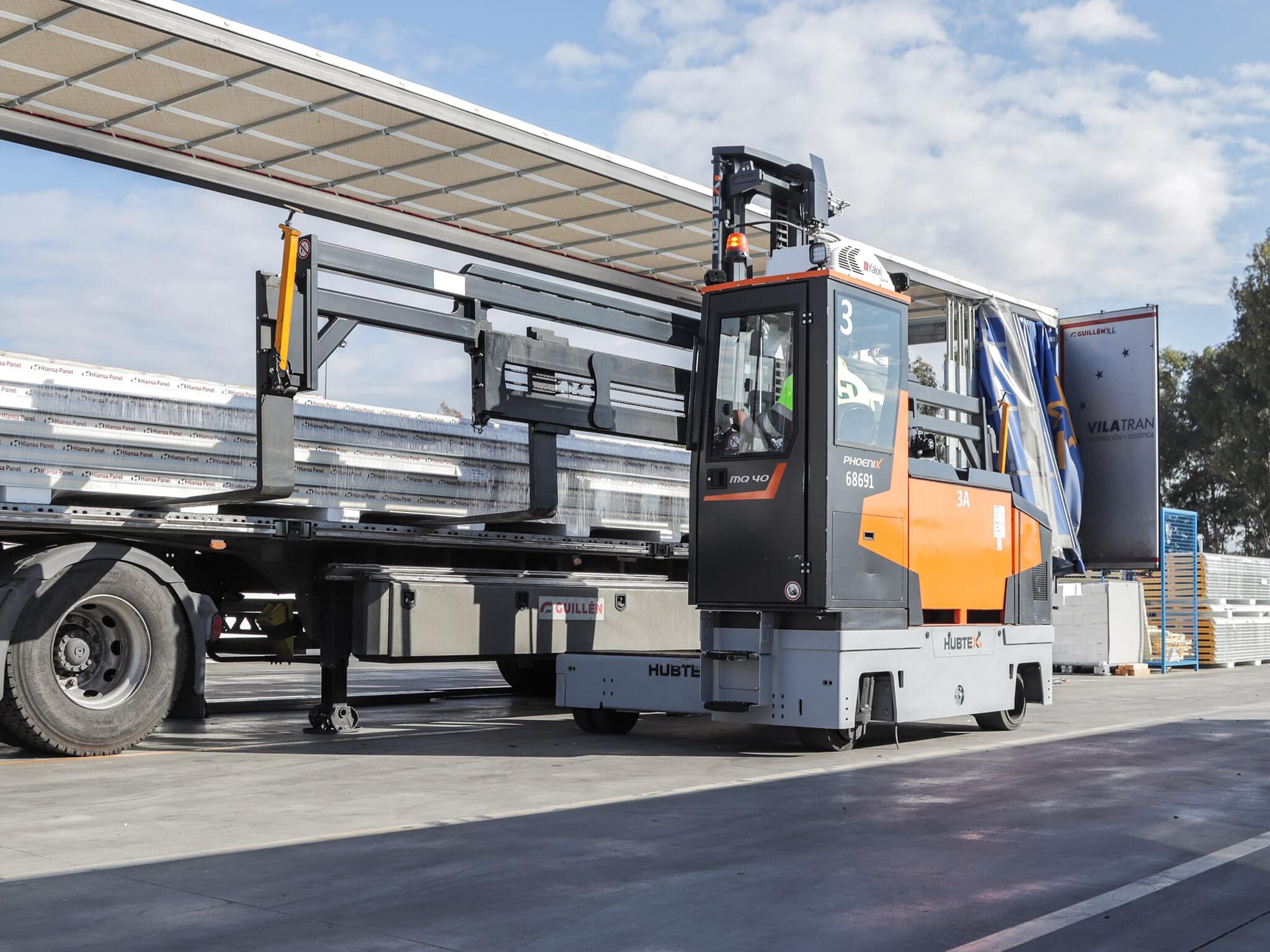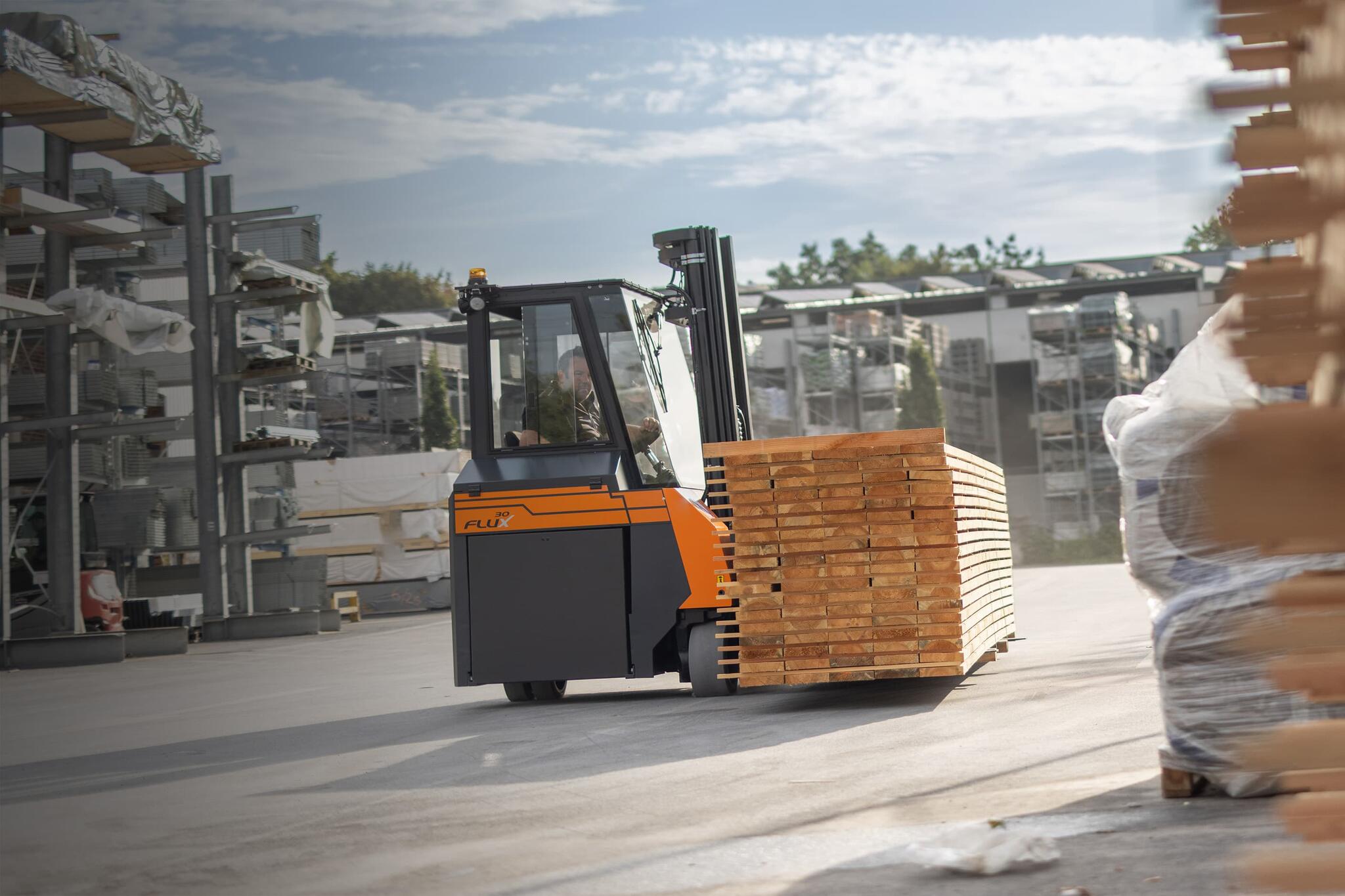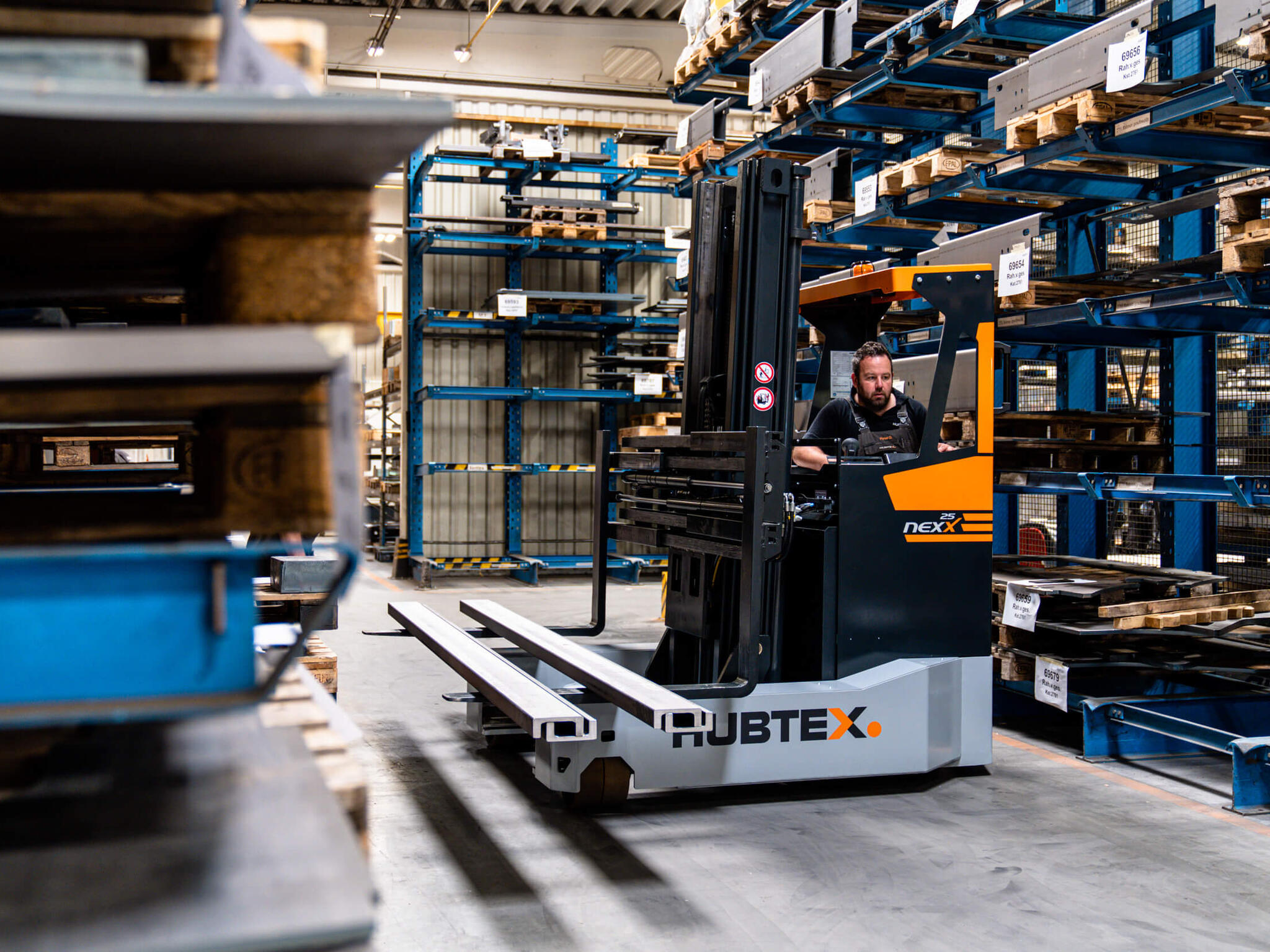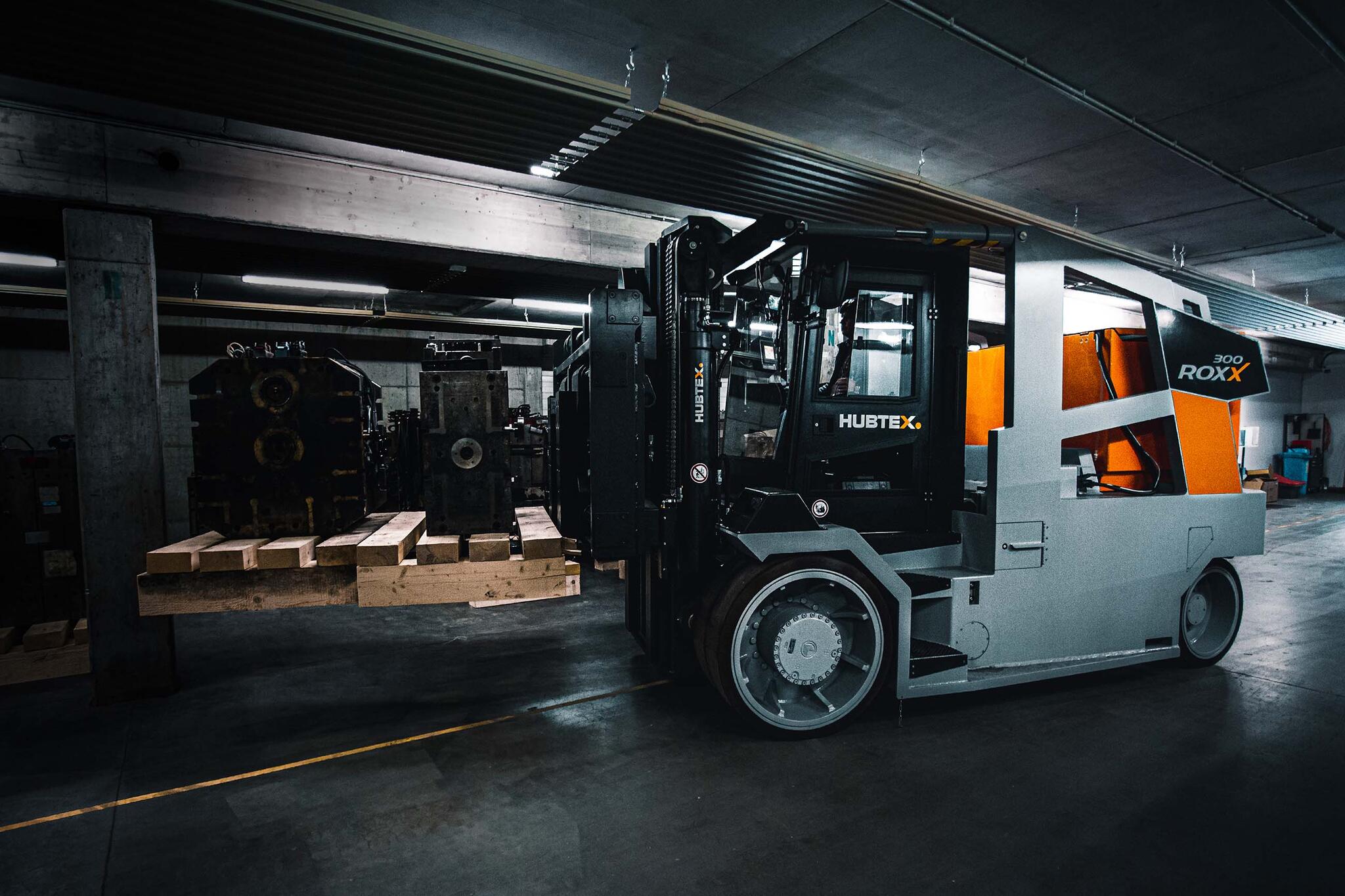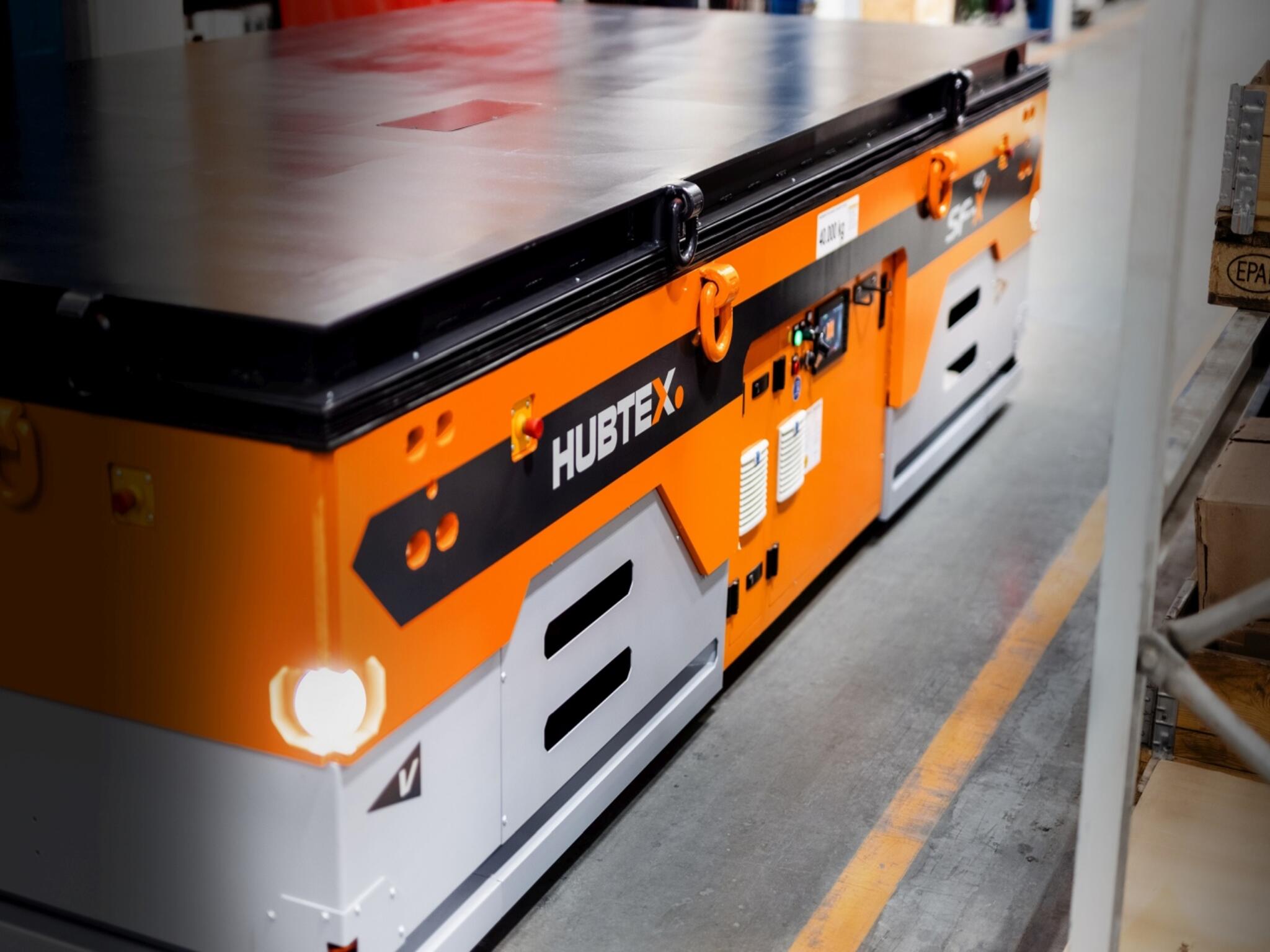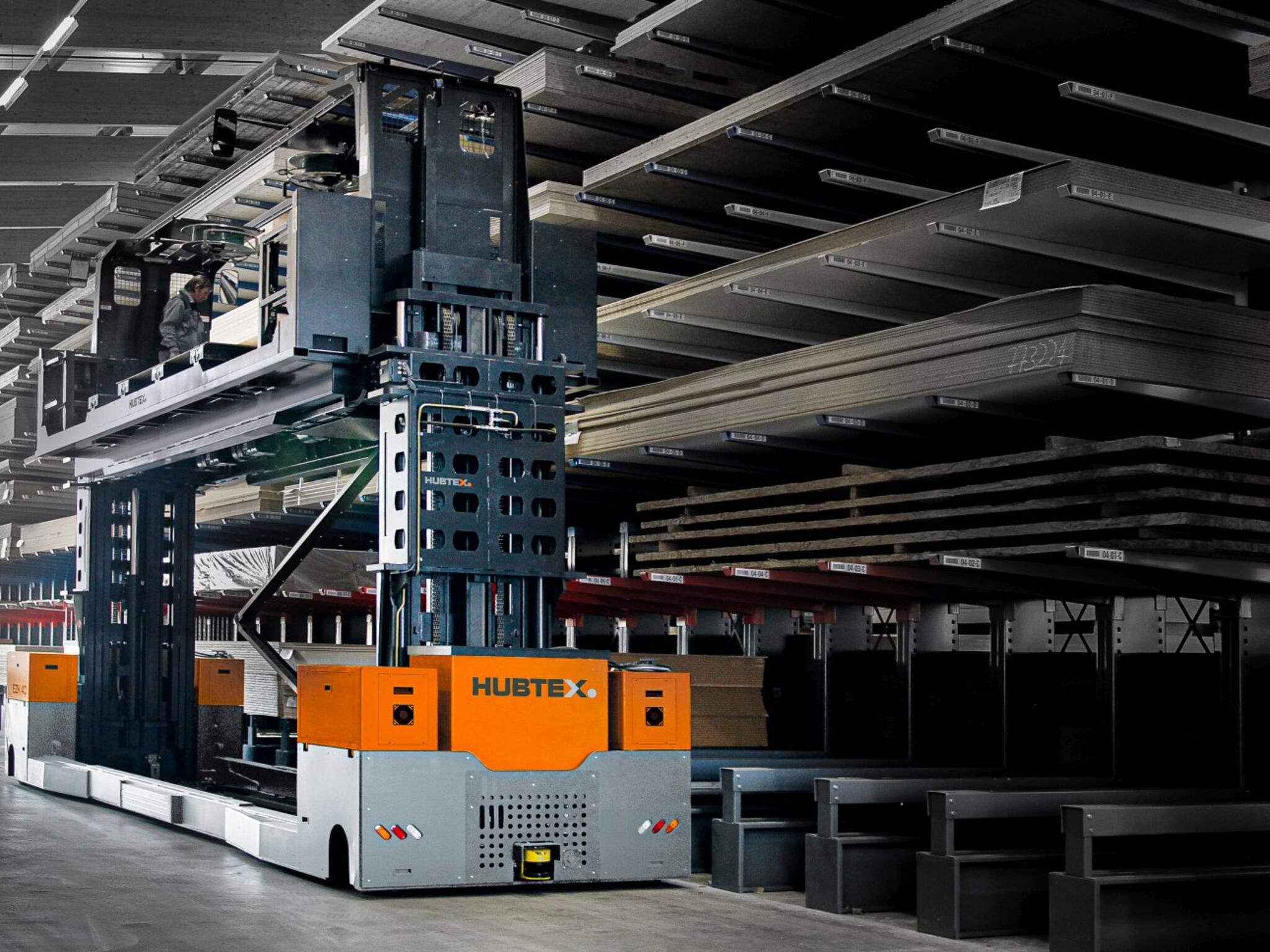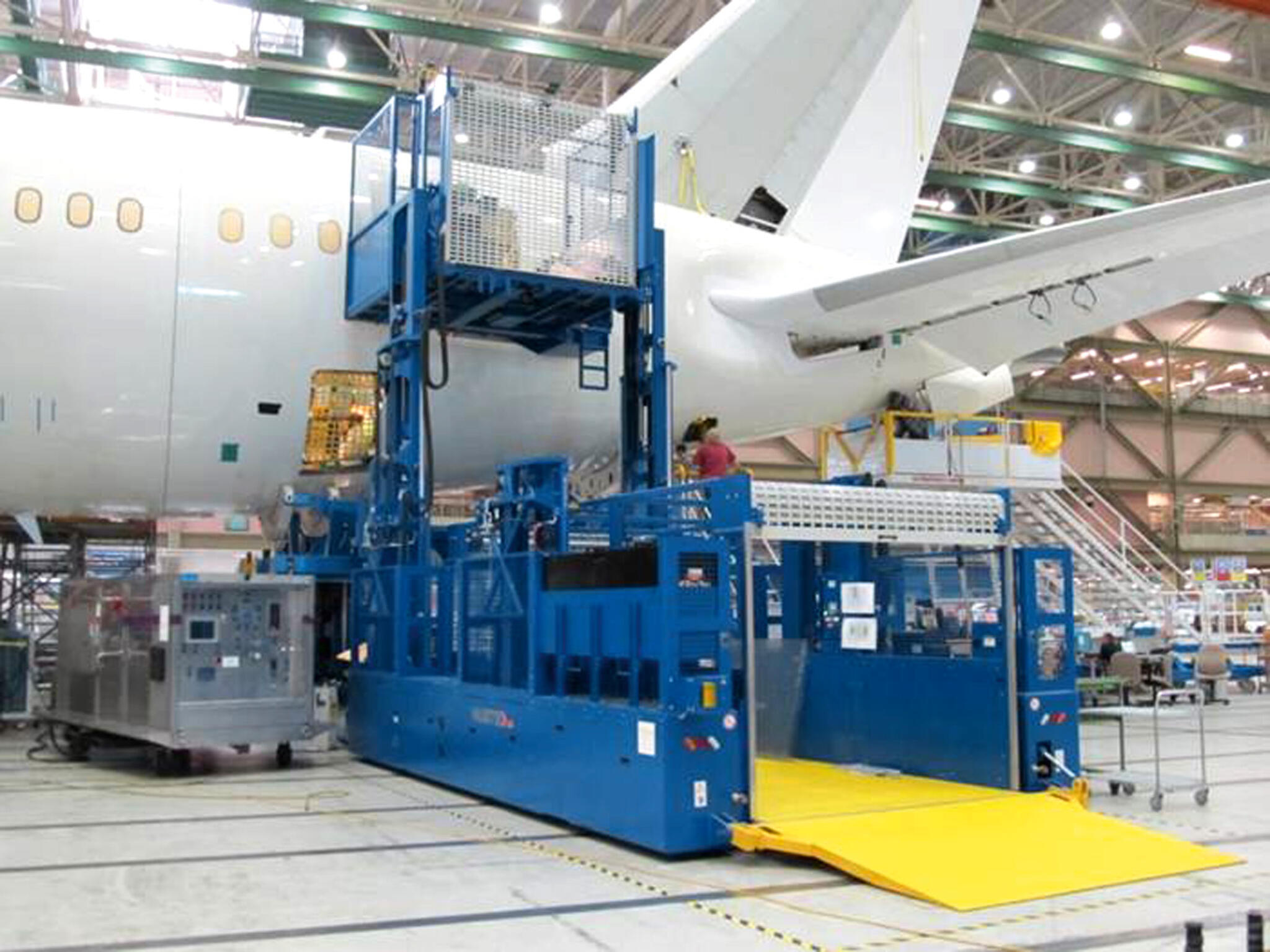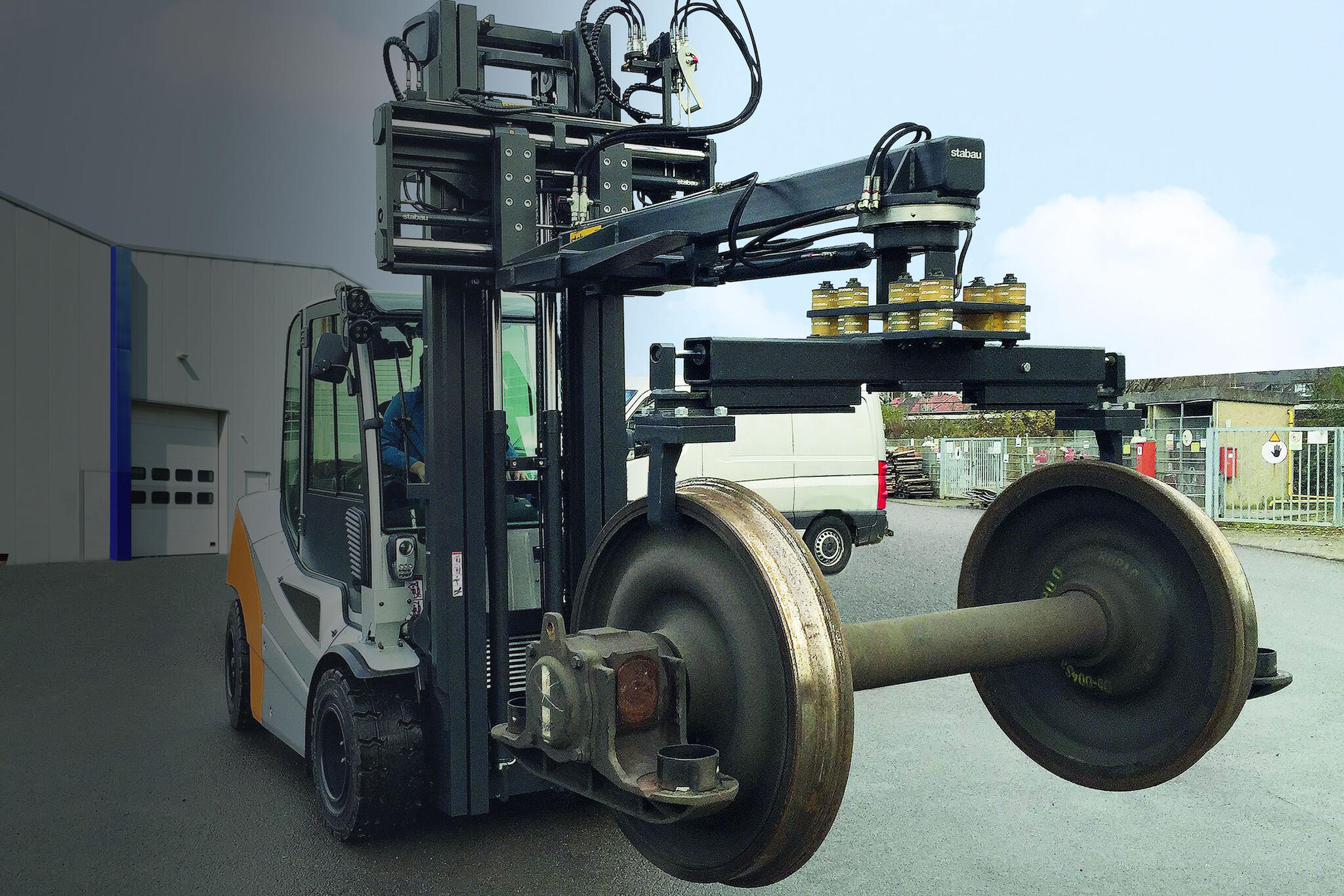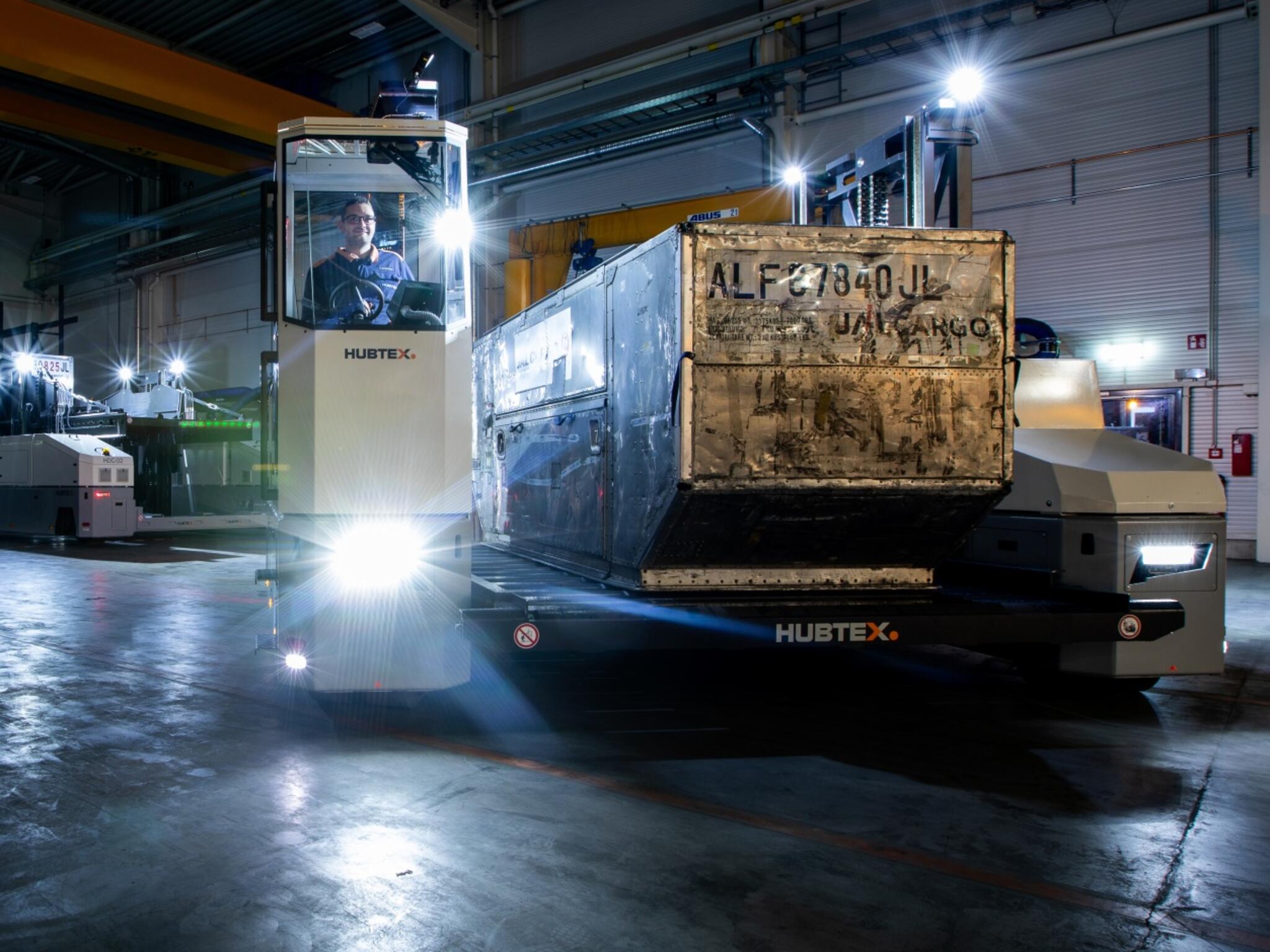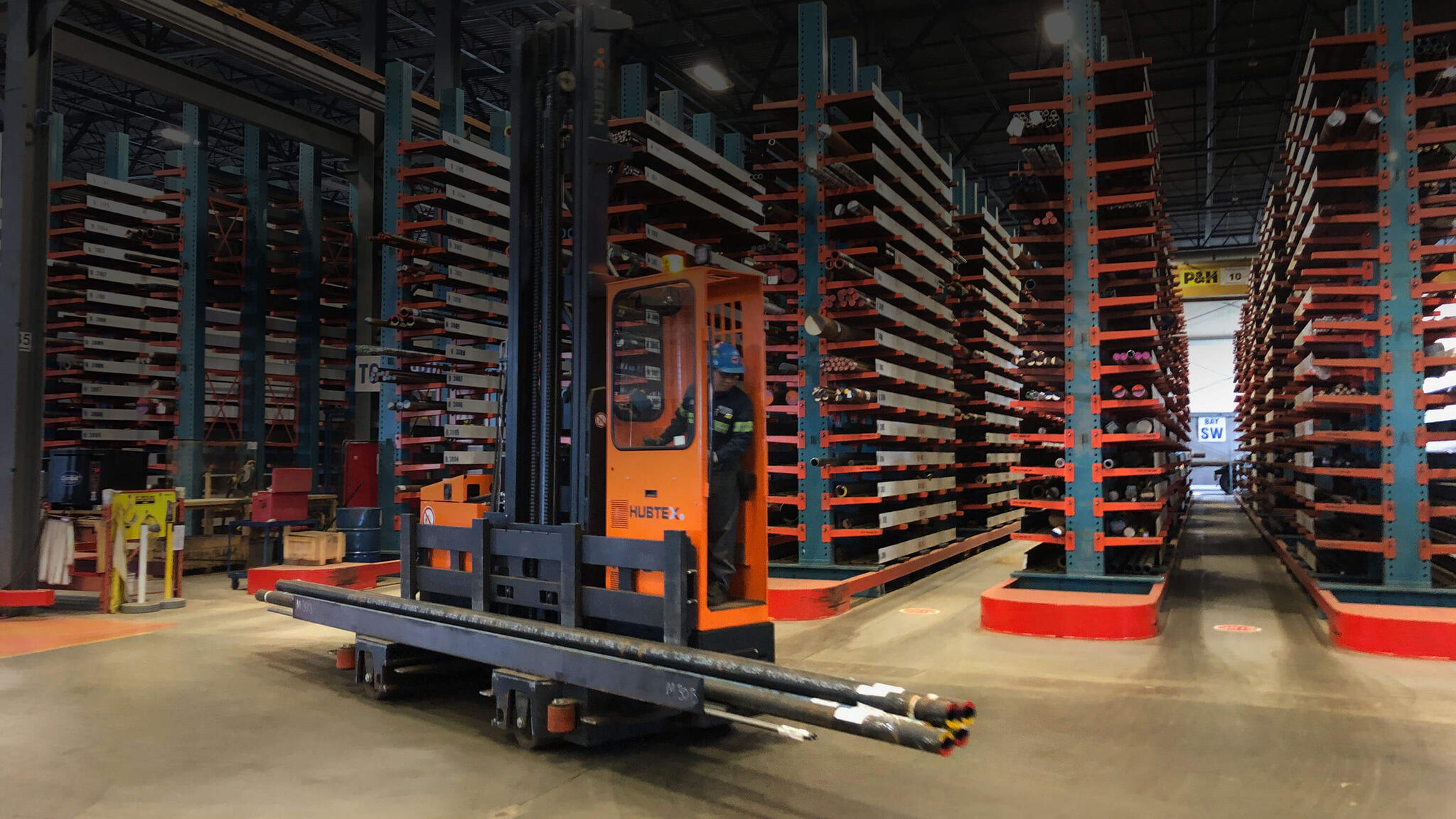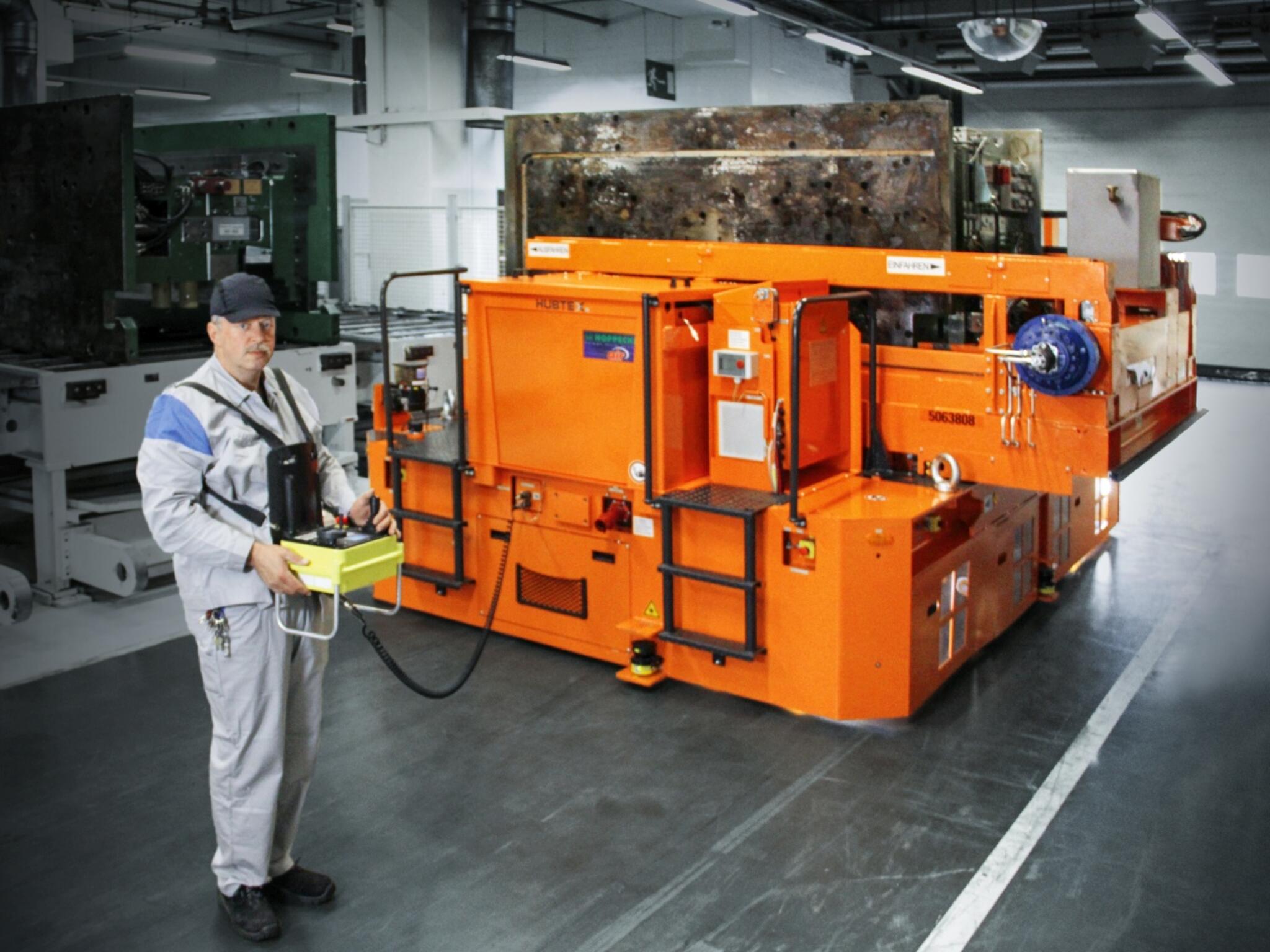HUBTEX North America
As a manufacturer of sideloaders and custom-built industrial trucks, HUBTEX develops and manufactures vehicles for efficient material flow and goods handling in confined spaces. With over 40 years of experience in the industry, the team of engineers and sales experts finds the right handling solution for each customer. The forklifts are the result of a high level of engineering expertise, innovative technologies, high-quality components, and continuous process control. All vehicles are produced to the highest quality standards exclusively in Germany. HUBTEX North America is responsible for selling and servicing the HUBTEX solutions in the US.
What's new at Hubtex?
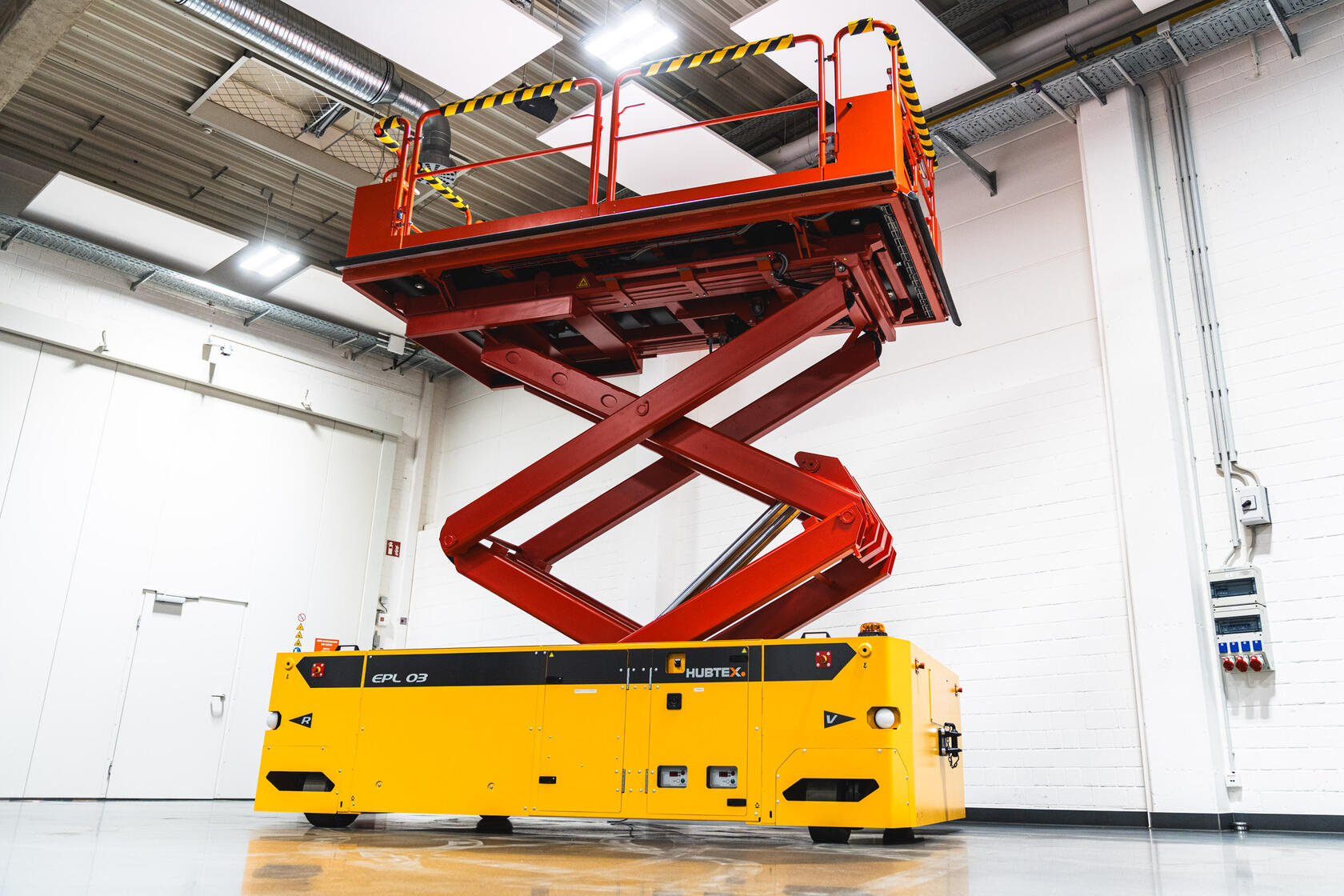
At MRO Europe 2025 in London from 15 to 16 October, HUBTEX will present its new, electrically powered EPL platform for aircraft maintenance and assembly. The work and assembly platform has an omnidirectional multi-way chassis. It positions service personnel and tools precisely on the aircraft while
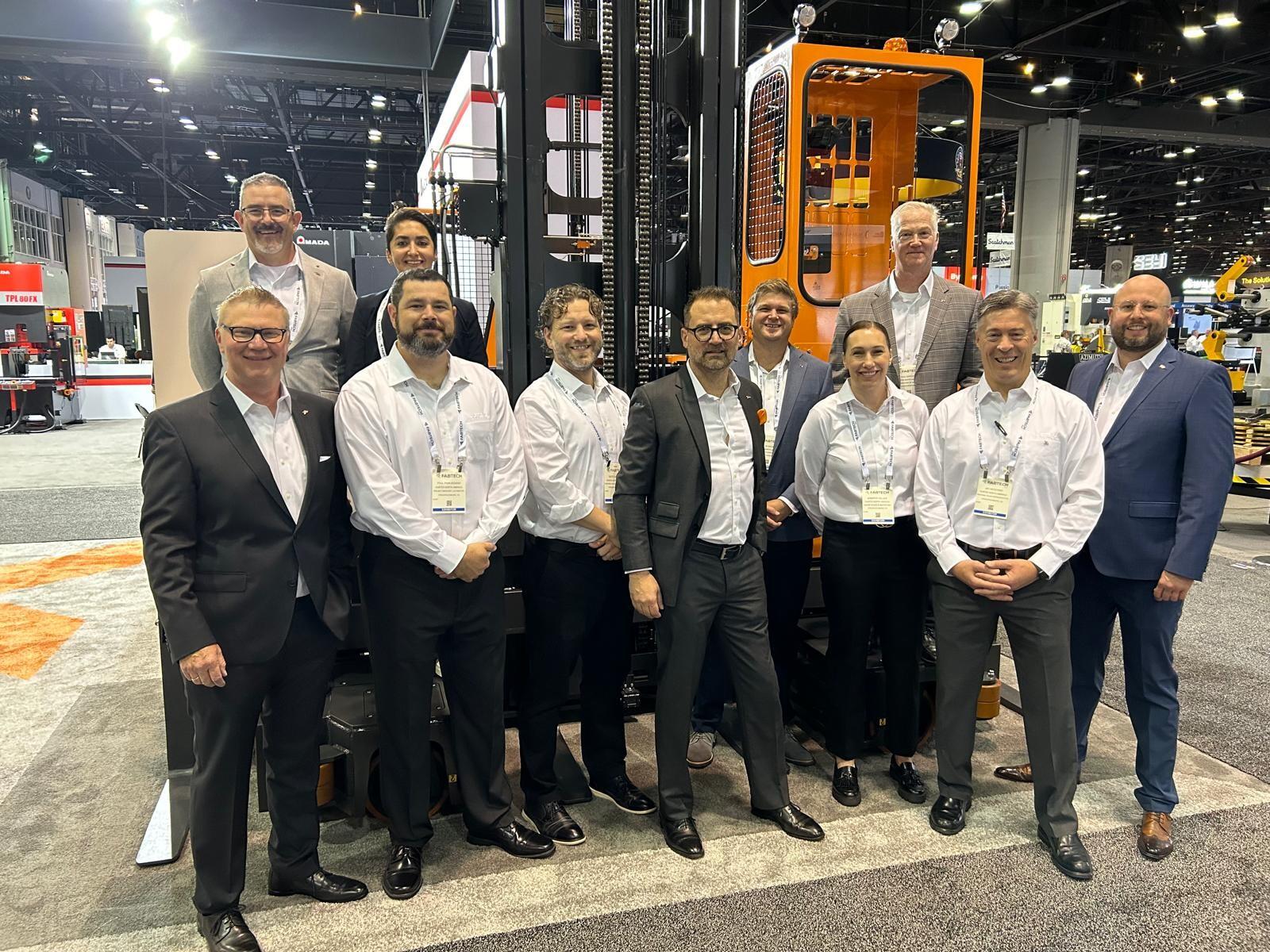
Visiting FABTECH or the SMU Steel Summit? See how HUBTEX multidirectional sideloaders help metal service centers move long, heavy, and awkward loads safely in narrow aisles. Our electric trucks reduce damage, save space, and speed up picks—now with Aisle Entry Assistant for effortless, centered
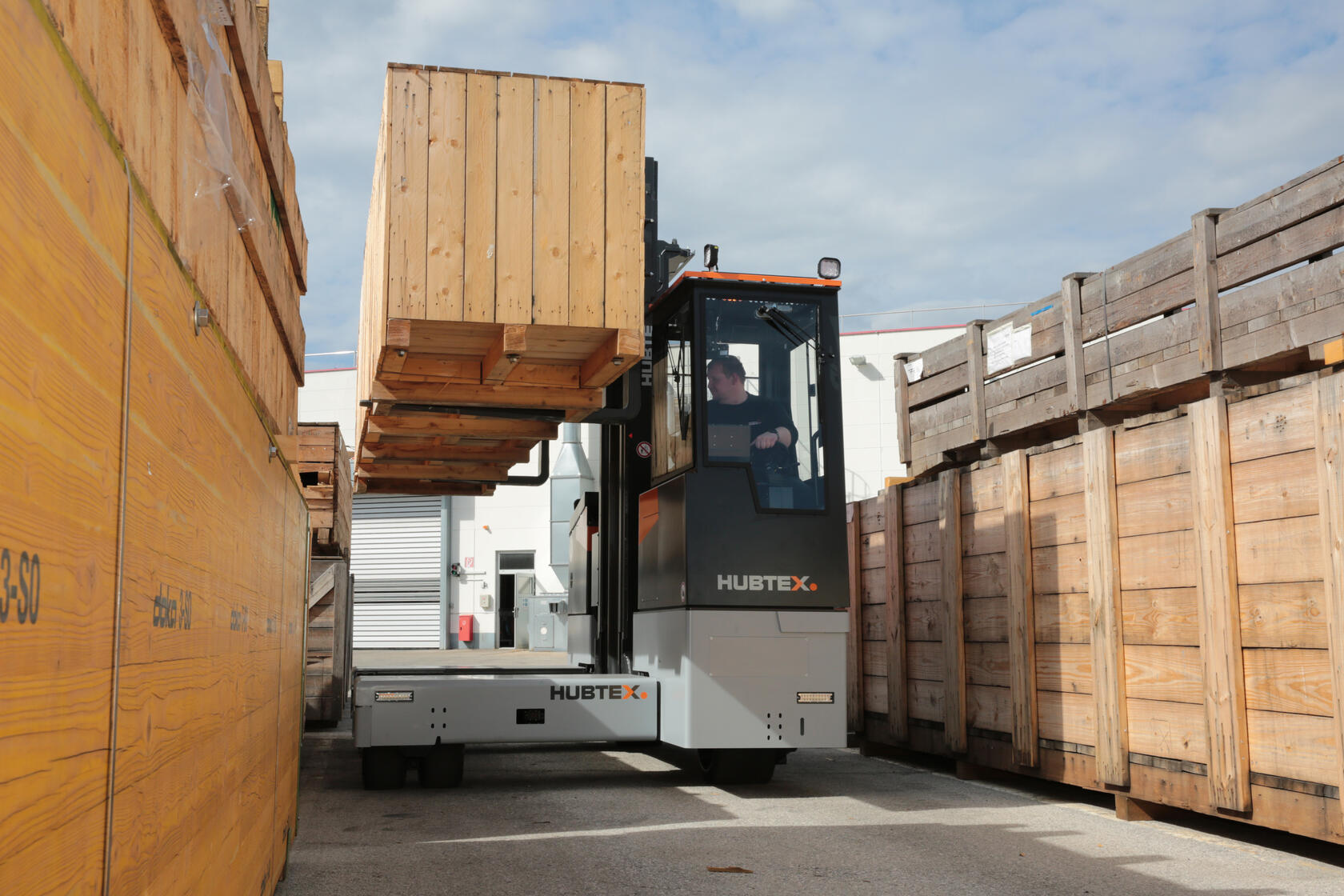
HUBTEX is celebrating a premiere at LIGNA 2025, the world's leading trade fair for woodworking and wood processing: the company is presenting two new electric multidirectional sideloaders, the MSL 50 and the MAXX 50. From May 26 to 30, 2025, the leading provider of innovative multidirectional
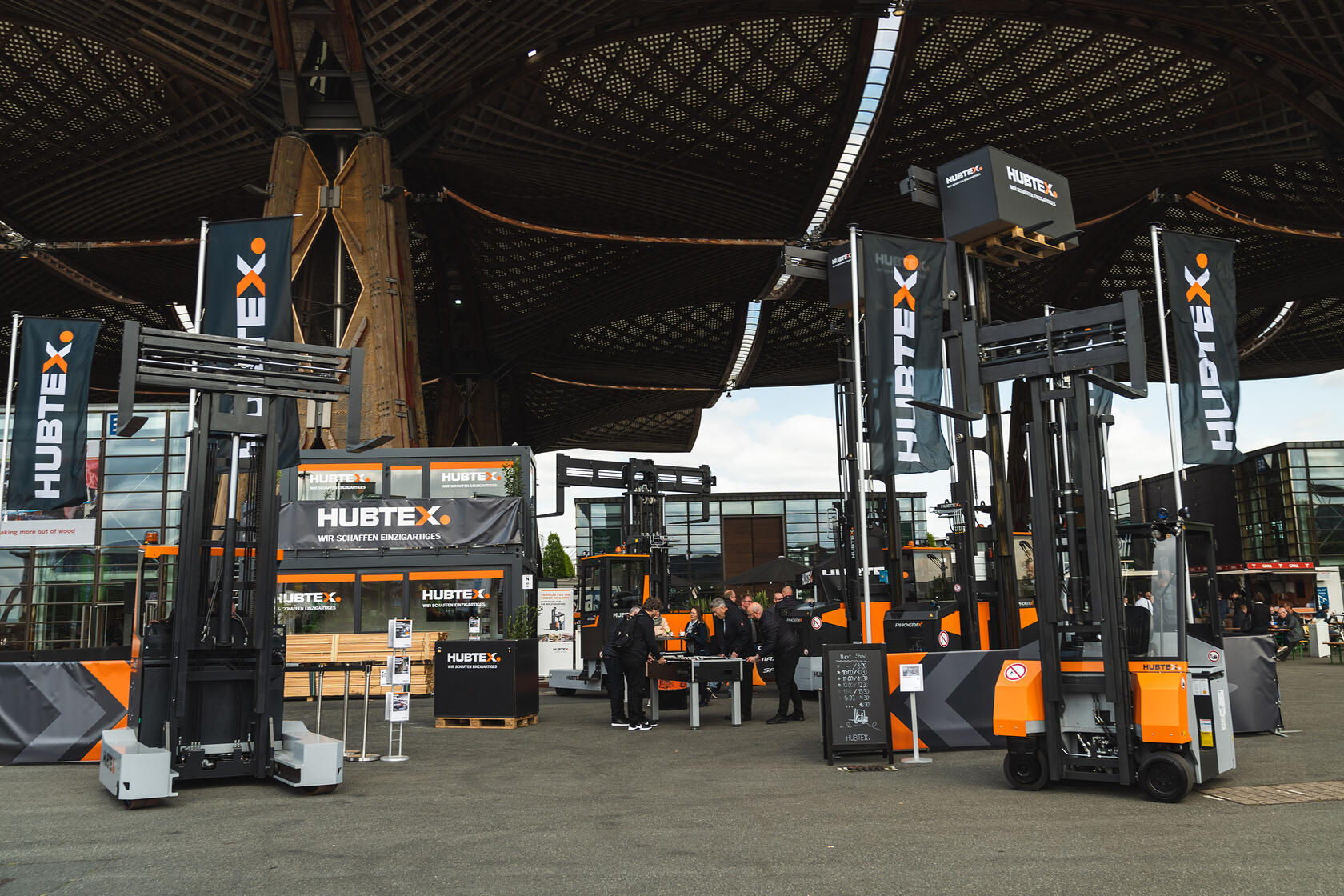
At the world's leading trade fair for the timber industry, we will be presenting a selected portfolio of vehicles specially designed for the intralogistics of timber companies. Come and visit us at our stand. You will find us on the open-air site at stand N65. We make the handling of particularly
Case Studies
What our customers and partners say about our products and services.
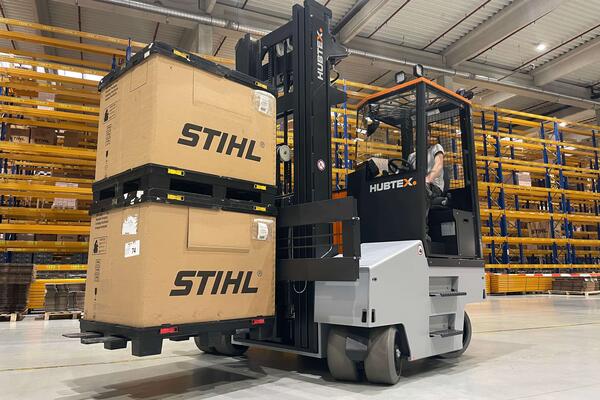
STIHL Tirol
STIHL Tirol, a leading manufacturer of forestry and gardening equipment based in Langkampfen, which also produces chainsaws, was faced with the challenge of optimizing the internal transport of machine parts and system components. The FLUX 70 multidirectional counterbalance trucks present themselves as an outstanding solution for the requirements of the Austrian production site of the STIHL Group in the area of transporting machine parts and storing and retrieving the heavy-duty racking system.

Volkswagen plant Wolfsburg
A new multidirectional tool changer from the special purpose vehicles manufacturer HUBTEX was especially designed for the application at the Volkswagen plant in Wolfsburg Germany for transporting and changing injection moulding tools.

Slide manufacturer: Josef Wiegand
The Josef Wiegand company, based in Rasdorf, a town in the German state of Hesse, is a special company: it is one of the few companies in the world that manufactures slides, summer toboggan runs and amusement park equipment. For their production, it is not uncommon to have to transport steel and stainless steel tube material up to 470 in long. This is difficult for a conventional counterbalanced forklift truck to handle. The solution: the 2in1 FluX 30 forklift, which can be used flexibly as a conventional forklift or side loader.
Service & Maintenance
So that everything keeps moving
Do you need help quickly?
Our service advisors will take care of your request as quickly as possible.
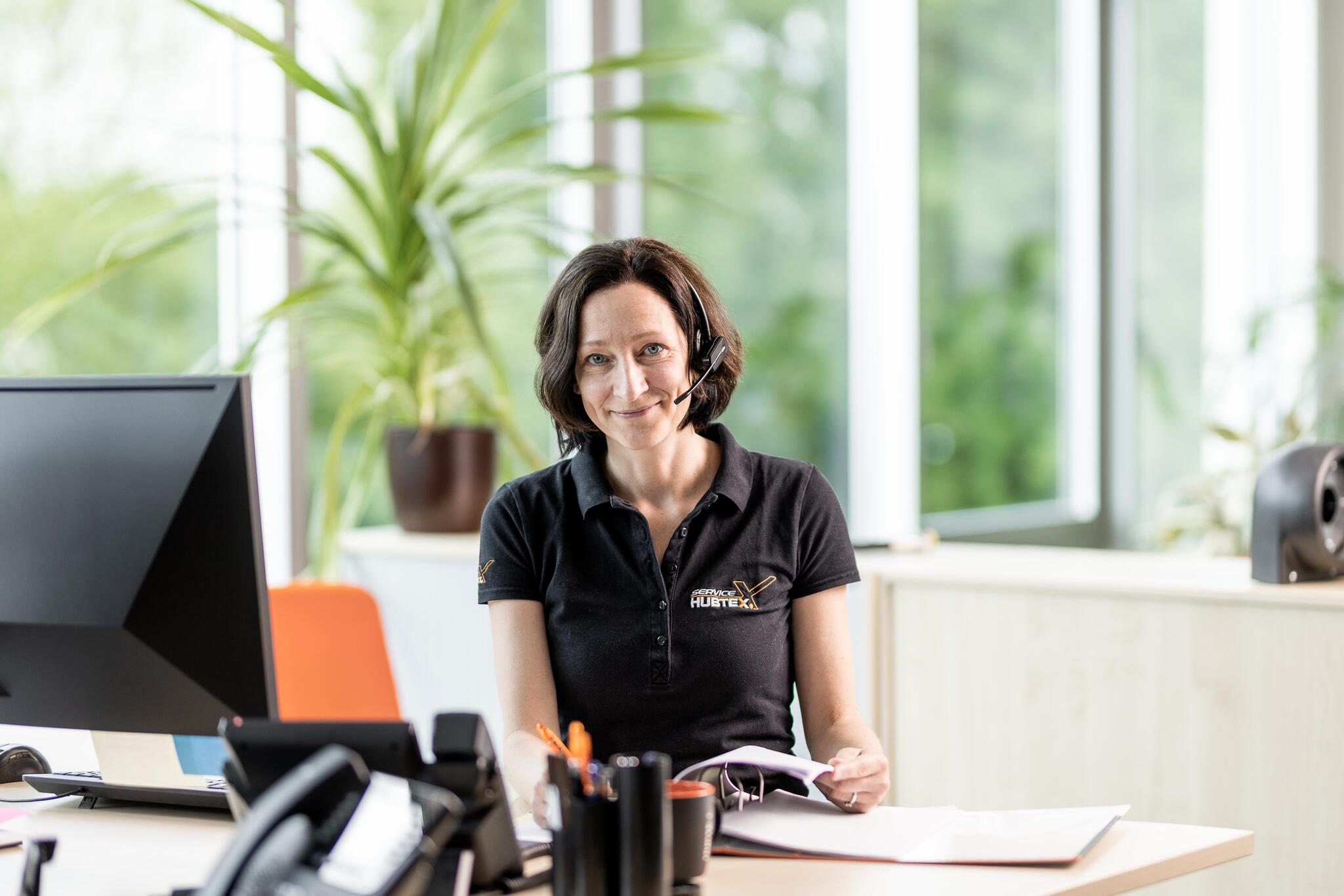
Personal & individual customer support
Who knows your HUBTEX vehicle better than we do? Whether repairs, retrofits, overhauls or general overhauls - we help you to find the optimum solution quickly, professionally and competently. So you can concentrate fully on your day-to-day business. Leave the rest to our service: We ensure movement - promised!

Life insurance for your vehicle
A life insurance for a vehicle? – Yes, it's possible! Regular check-ups ensure that your HUBTEX vehicle remains operational. A customized maintenance concept ensures the long-term usability of your vehicle.

So that your HUBTEX remains a HUBTEX
The rule is: Nothing can replace the original. A long service life and smooth operation of your vehicle can only be guaranteed with original HUBTEX spare or replacement parts. Our service advisors will be happy to inform you about the wide range of replacement and spare parts available.
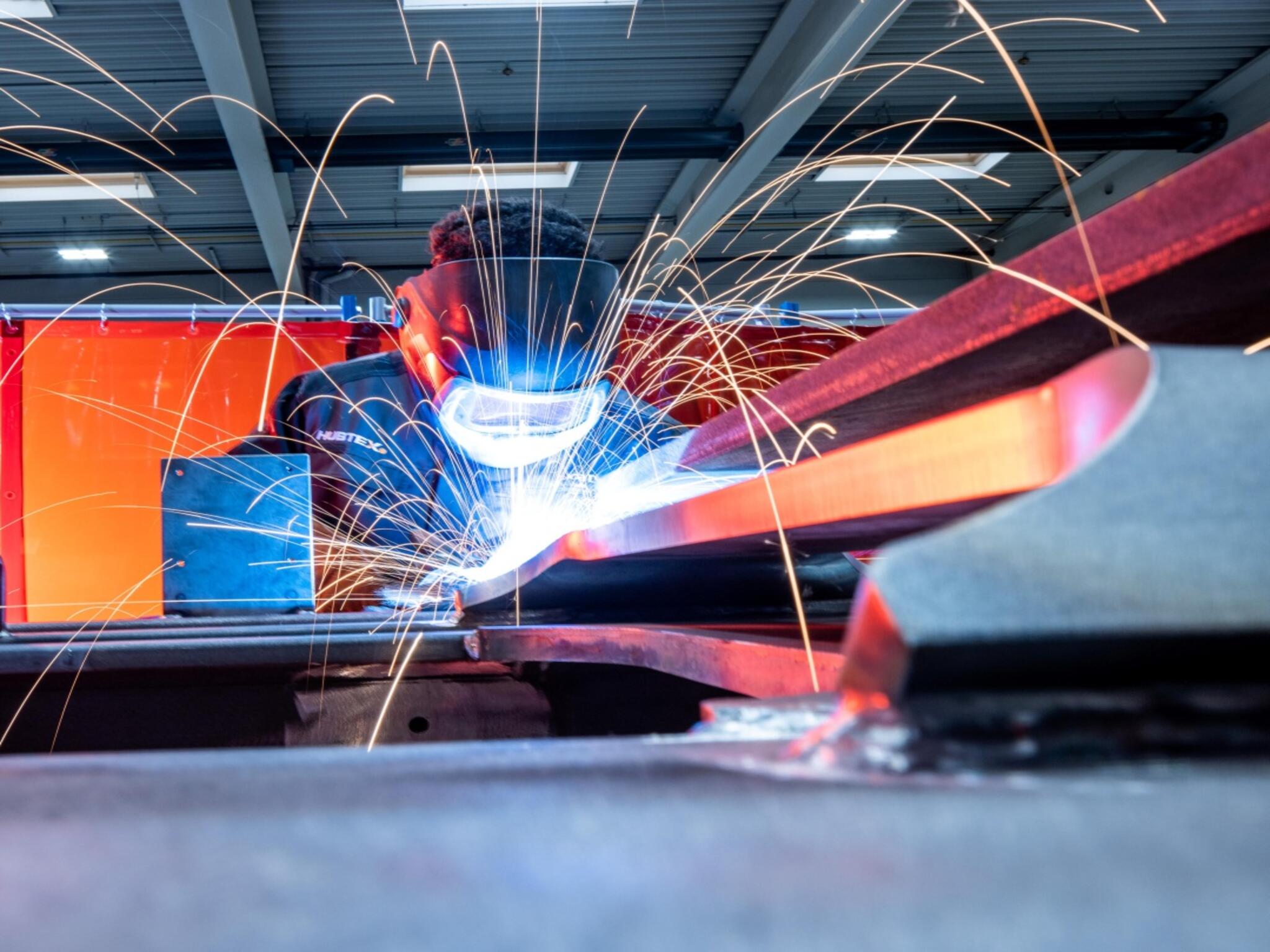
Career at HUBTEX
Together we create the unique
Every company needs highly motivated and highly qualified employees in order to maintain and expand its competitiveness and innovative capacity. Only through our motivated employees are we able to design the right solution for every customer. For HUBTEX, this is not just an empty phrase, but a commitment that is firmly anchored in our corporate philosophy.

HUBTEX-WIKI
Here you can find out everything you need to know about forklifts, technical terms and the features of our forklift trucks.
News
That's what we talk about at HUBTEX.
Here you will find news about our products, events and trade shows.
Trade Shows & Events
Every year, you can experience our handling solutions at various trade fairs and other events where you can find out all about them.
